Help your students identify the signs their body gives them that they are experiencing a ‘big’ emotion with this informative classroom poster.
What Are Physiological Responses to Emotions?
One of the most universal experiences of human beings is the experience of emotions. We can all relate to having butterflies in our stomachs when we have to complete an important task, breaking into tears when farewelling a loved one, or feeling like we might explode when someone steals a car parking space from under our noses!
As adults, we have developed the emotional awareness required to connect these physiological responses to the emotions we are feeling at the time. Anxiety may cause a restless stomach, sadness may result in tears, and anger may cause us to feel like we’re seeing red!
Many of our students have not yet made these connections. That’s why our experienced teacher team has developed this colourful classroom poster to help explain the physiological responses that humans often experience when they are dealing with a ‘big’ emotion. Recognising these signs is the first step towards regulating their own emotions more effectively!
The physiological responses on the poster include:
- Racing thoughts
- Headaches or dizziness
- Eyes tearing up
- Clenched jaw
- Feeling hot
- Tight or red face
- Chest feels tight or heavy
- Breathing speeds up
- Heart racing
- Stomachaches or butterflies in stomach
- Clenched fists
- Trembling body
- Restless legs
- Sweaty palms or body
This poster can be downloaded as a full-colour or black-and-white PDF.
This resource would make a great addition to any social-emotional learning lesson focused on developing emotional awareness and self-regulation. Providing this knowledge can empower students to navigate their emotions more effectively and help them develop strong and positive relationships.
Helping Little People with Big Emotions
Big emotions can be challenging for adults to deal with. It’s no wonder the little people in our care sometimes don’t know what to do when they are hit with an emotional tidal wave! Helping our students identify the physiological cues that they are experiencing a big emotion is the first step towards helping them regulate their emotions more effectively. By identifying these physical cues early, students can take steps to manage their emotions and prevent them from escalating.
In addition to emotional awareness and self-regulation, some of the added benefits to this early detection of big emotions include:
- Improved communication skills
- Increased empathy for others
- Improved conflict resolution skills
- Increased academic performance
- Improved sense of wellbeing
There are so many advantages to helping little people with big emotions!
Download This Emotional Awareness Poster
Use the dropdown menu on the Download button above to access either the full-colour or black-and-white version of this resource.
Enlarge the colour version to display on your classroom bulletin board, or print copies of the black-and-white version for students to paste into their workbooks.
More Activities to Help Little People with Big Emotions
Looking for more activities to help your students navigate their emotions? We have a huge collection of resources at your fingertips!
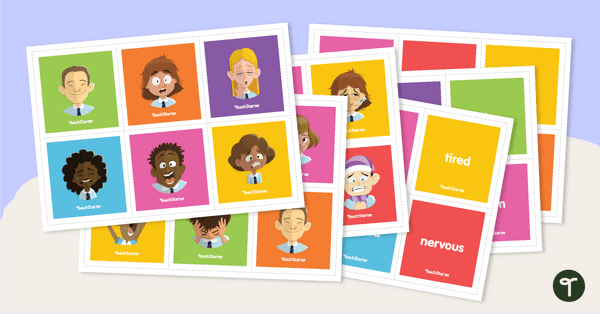
teaching resource
Feelings and Emotions Match-Up Activity
Help students to recognise and identify their feelings and emotions with this interactive match-up activity.
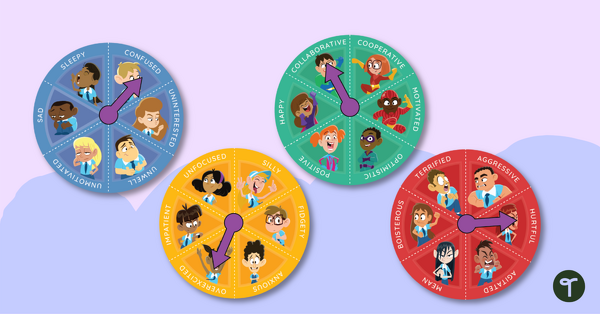
teaching resource
Emotional Self-Regulation – Student Mood Meter
Allow your students to communicate how they are feeling using a non-verbal, desk-sized mood meter.
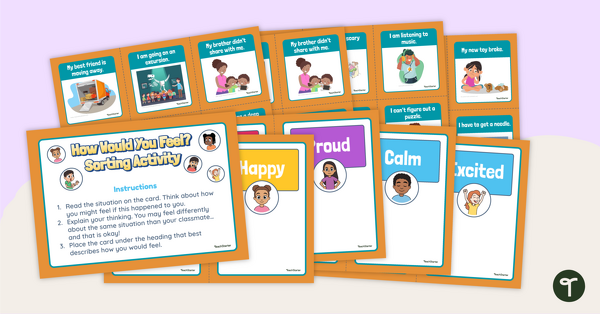
teaching resource
How Would I Feel? Sorting Activity
Explore students’ emotional intelligence and develop emotional vocabulary through real-life scenarios.
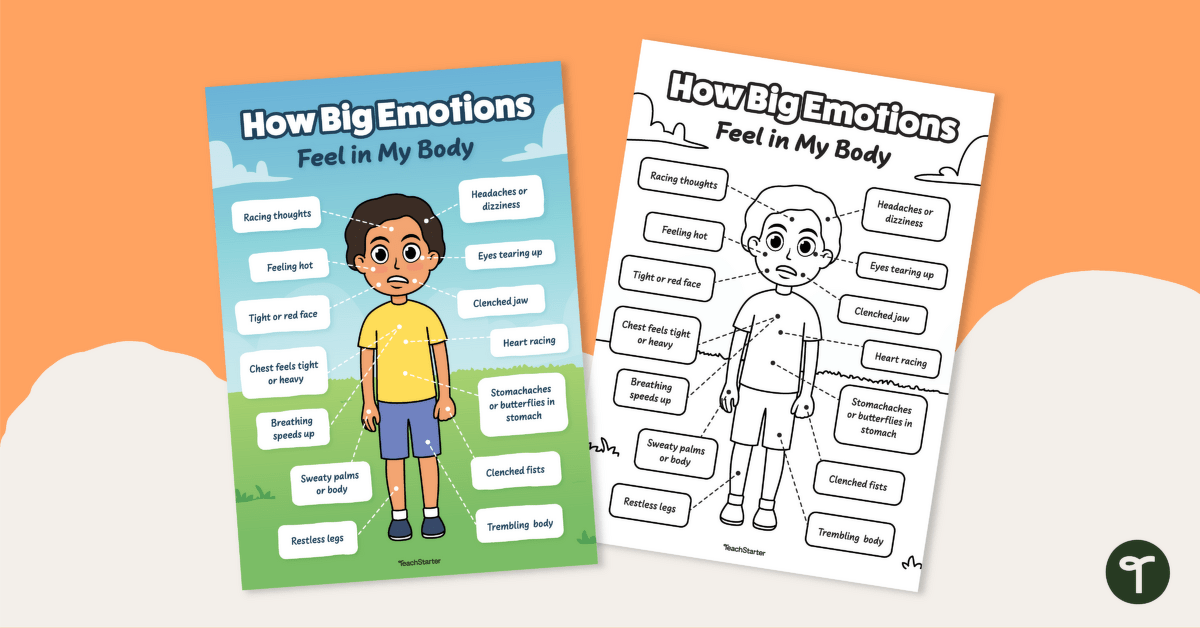

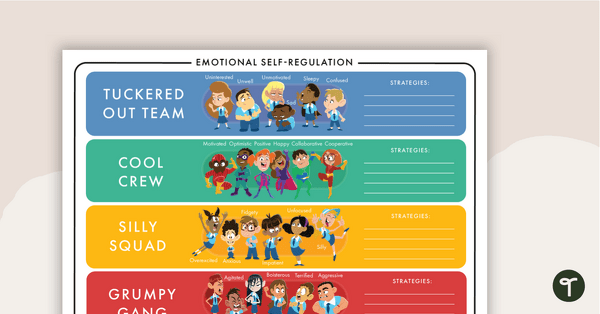
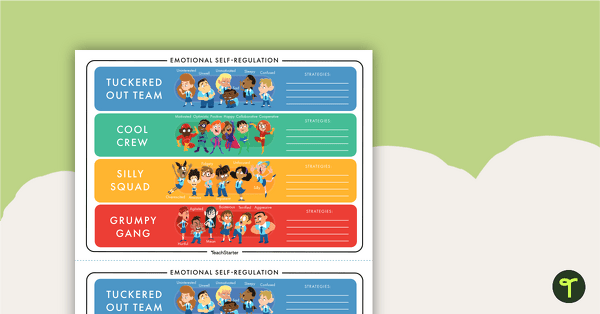
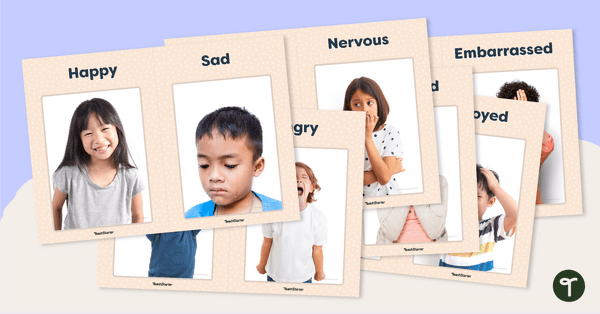
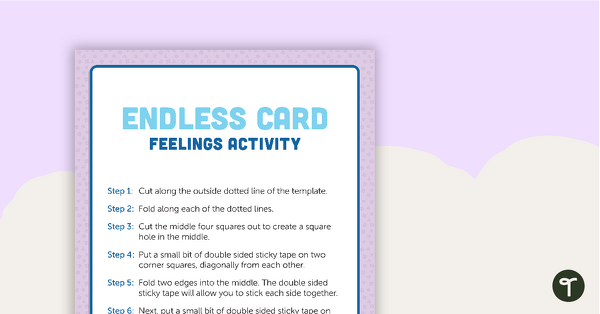
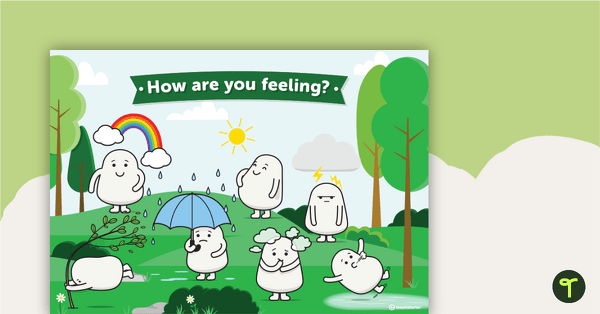
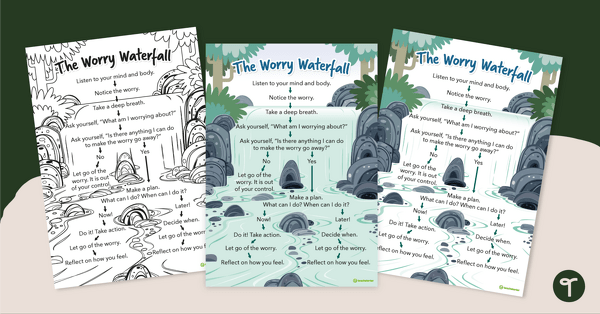
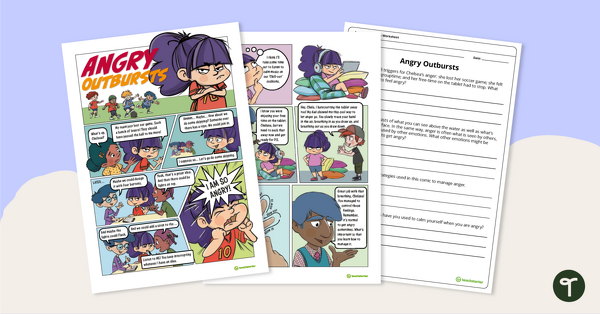
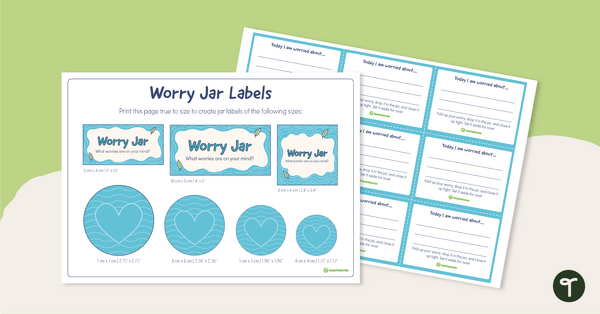
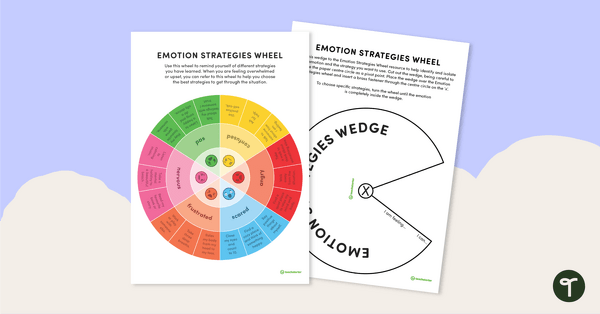
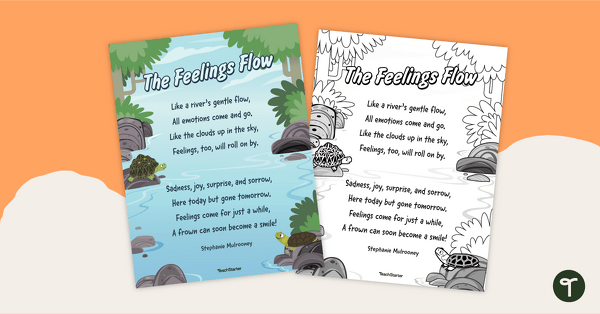
0 Comments
Write a review to help other teachers and parents like yourself. If you'd like to request a change to this resource, or report an error, select the corresponding tab above.